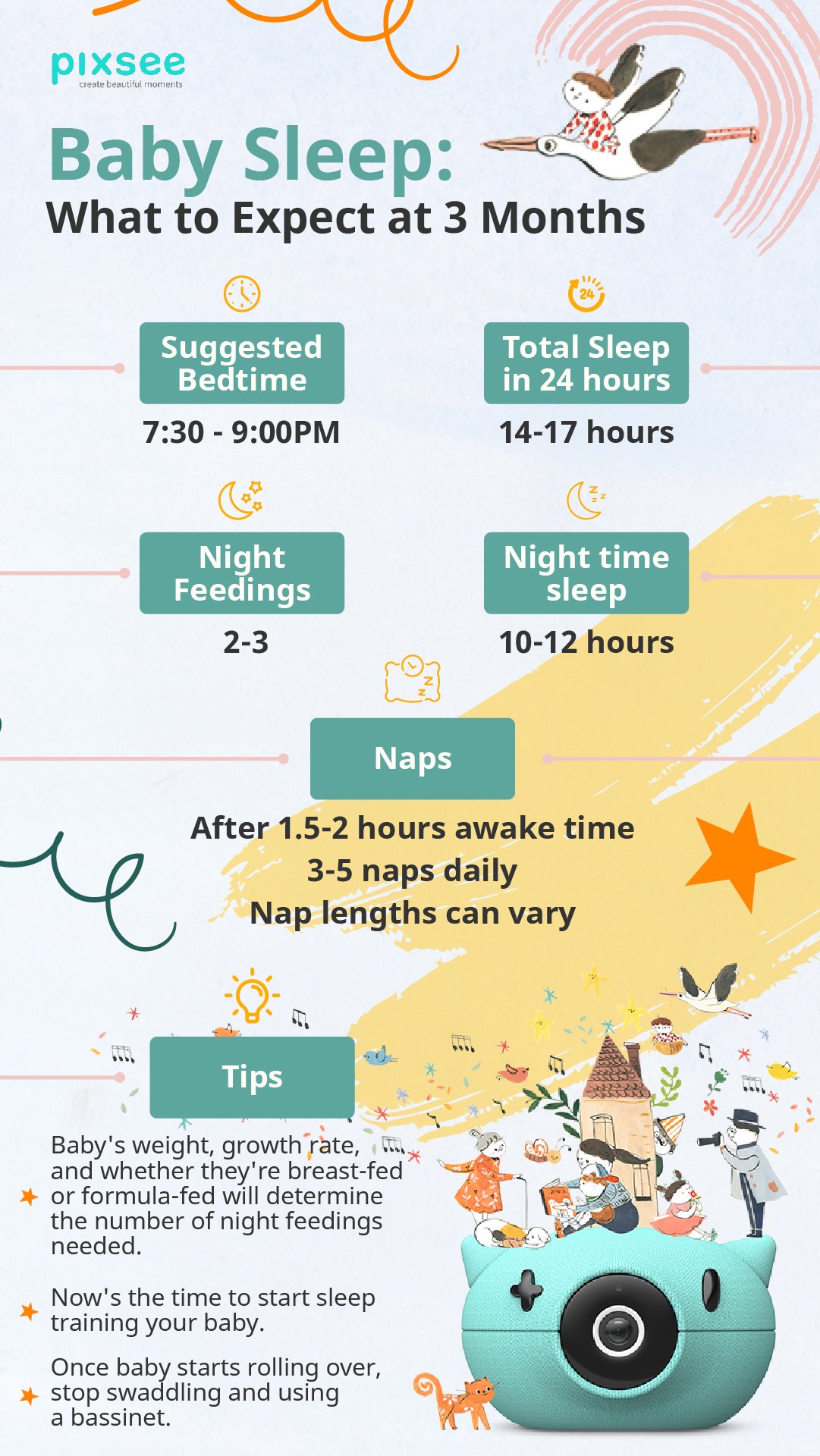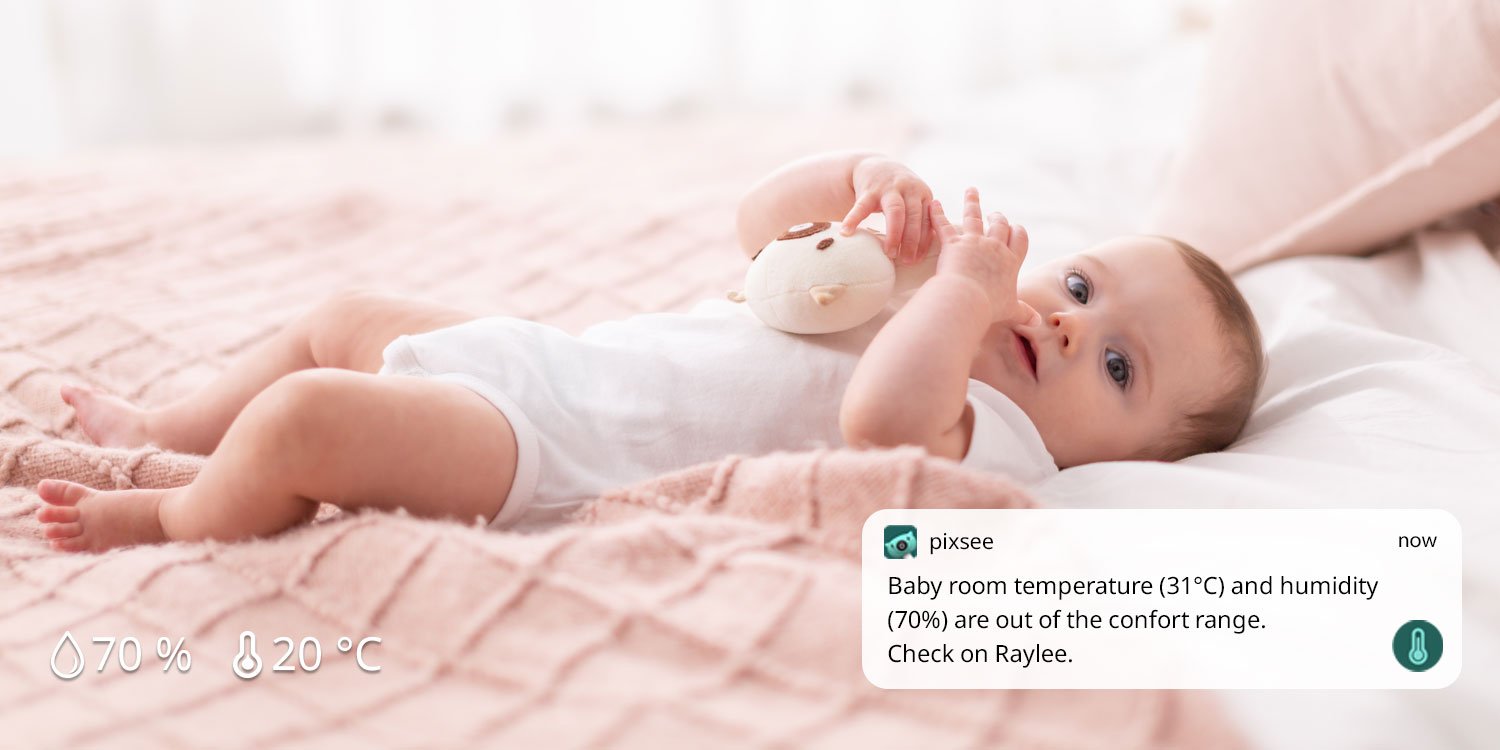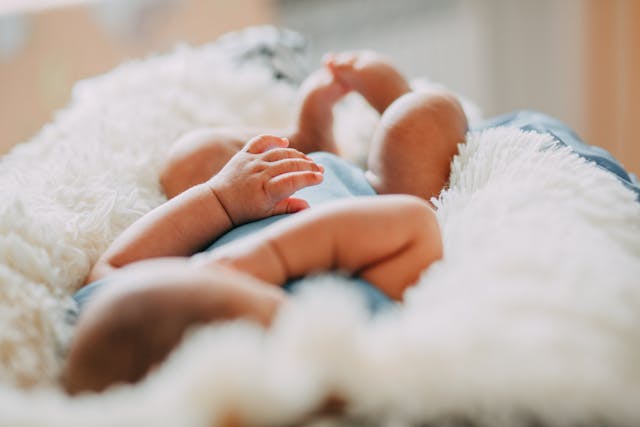After close to a year of anticipation, your bundle of joy has finally arrived and it couldn't be more perfect! While many new parents spend the first few days of their baby's life in utter bliss, eventually the need for sleep emerges.
Getting a full night of sleep is often difficult for new parents (even impossible for some), which leads them to delve deeper into the sleep patterns of newborns. Just as adequate sleep is needed for adults, babies also need a certain amount of sleep to ensure that they can grow and thrive.
Read more in Baby's Sleep Schedule: How Much Sleep Does Your Newborn Need?
Discover everything you need to know about a newborn sleep schedule from the first days until the three-month mark.
Newborn Sleep Patterns
Newborn babies are growing rapidly and adjusting to the world outside of the womb. While they are learning how to eat and taking it all in, their biggest job during this stage is simply sleeping.
A typical newborn needs anywhere from 14 to 19 hours of sleep each day, but every newborn sleep schedule is different. Despite this, they all will wake every few hours to eat throughout the day and night during these initial months.
If they are breastfed, this can be as often as every two hours. The formula is digested more slowly than breastmilk, so formula-fed newborns may go three to four hours between feedings.

Three-Month-Old Sleep Patterns
By the time your baby arrives at their three-month birthday, they will need slightly less sleep than in the months prior. On average, a three-month-old will still sleep between 14 to 17 hours.
When it comes to waking for feedings, most babies have gotten more efficient at the breast or bottle and are drinking more ounces per feeding. This means they may be able to go closer to three to four hours between feedings if breastfed, but for formula-fed babies, this changes to around every four hours.
At this stage, they will continue to wake for night feedings and will be awake for around seven to 10 hours per day. Despite this, these hours will be spread out throughout the day and night, with most babies only staying awake for only an hour or two at a time.
While your baby is awake during that hour or two, they'll be a busy bee! Here are a few fun three-month-old milestones you can expect from your baby:
- Start to bear weight on their legs.
- Begin to grasp objects.
- Hearing is clearer and will turn towards noises.
- Improvement in vision, following objects with eyes.
- Hold their head up unassisted.
- Begins "tummy time" and can lift their chest up
- Can sit up if supported.

Safe Sleep Habits
Safe sleep is crucial for babies of all ages, especially those between the newborn and three-month mark. Although it can be tempting to sleep with your baby to comfort them or let them sleep in a swing or car seat, these practices can drastically increase the risk of SIDS or positional asphyxiation.
Babies between the ages of newborn and 3 months should be swaddled securely and placed on their backs to sleep. Their sleep space should be either a bassinet, pack-and-play or a crib with a firm mattress. Be sure that there are no loose blankets, pillows, toys or stuffed animals in their bed before placing them down.
While some parents prefer to place their babies in their rooms right away, many organizations and healthcare professionals recommend that babies sleep in the room with their parents (although in separate spaces) for the first months.

With your baby spending so much time asleep, it's common to want to make sure they're safe and secure. To help ease the worries of new parents, Pixsee has built-in covered face detection, temperature and humidity monitoring, along with smart detection to ensure babies don't move out of their crib's "safe area".
Pixsee can also provide you with crystal clear night vision so you can monitor your little one without fear of waking them up. There are also lullabies, white noise, and a two-way intercom to help you get the baby back to sleep with ease in case they do get disrupted. These added features help you create a healthy sleep routine for your baby while providing some much-needed peace of mind.
Visit our Pixsee Shop and Amazon online store to learn more.







